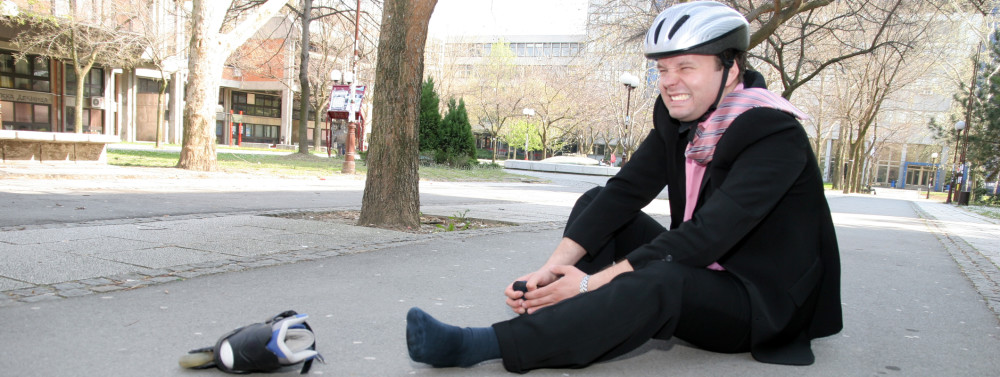Can a Bone Scan Help Diagnose RSD?
I’m Ed Smith, an RSD attorney in Sacramento. There are a lot of different tests that doctors can order that might help to diagnose a serious illness. In addition to routine laboratory work such as blood tests, doctors can also order imaging to get a better idea of what is happening inside of someone’s body. Examples of common imaging procedures that might be ordered include x-rays, MRI scans, and CT scans; however, a lesser known test is called a bone scan. For those who don’t know, a bone scan can be used to diagnose both common and rare diseases that might impact the nerves, tendons, ligaments, or bones. The steps of a bone scan include:
- A tracer is injected into the limb of the patient. This tracer has been labeled with an isotope that will light up on the image.
- Images are taken following the tracer injection. Some of the images are taken immediately while other pictures are taken a couple hours after the tracer is injected.
- Additional images could be taken, such as SPECT images, which stands for single-photon emission computerized tomography. This is used if images of the deep bones are required.
- The camera may rotate as the pictures are taken.
- Once the pictures are done, the doctor will review the results with the patient.
Bone scans can be used to help in the diagnosis of Reflex Sympathetic Dystrophy (RSD), also known as Complex Regional Pain Syndrome (CRPS).
What are some of the signs that a doctor may look for on a bone scan that supports a diagnosis of RSD?
A Bone Scan Can Help Diagnose RSD
A bone scan is a common imaging procedure that physicians will use to support a diagnosis of RSD. It is important to note that this test alone cannot confirm or refute a diagnosis of RSD; it must always be used in conjunction with a clinical history and physical exam. Depending on the stage of RSD, the bone scan could show different findings. In patients with RSD, a bone scan may show a significant amount of bone loss of vasoconstriction that could be occurring due to RSD. This means that patients with RSD who do not have any bone loss (such as those in stage 1) may have a normal bone scan. Because of this, it is vital for physicians to use other modalities in addition to a bone scan to make a diagnosis of RSD. While a bone scan can help a physician make a diagnosis, it should never be used alone.
Help From a Legal Professional
If someone has received a diagnosis of RSD, it has the potential to completely change their life. People with RSD can have problems with:
- Going to work
- Doing chores around the house
- Driving a car
- Attending school
- Running errands
These issues can affect the life of not only the individual but also their entire family. This can create a lot of stress that families could have trouble dealing with. During these instances, it can be helpful to meet with an RSD attorney in Sacramento. I hope you and your family decide to work with my team; however, everyone deserves to work with a caring attorney who places the family’s interests first. While I cannot promise or guarantee any results, I can promise that we will work tirelessly on your behalf.
Related Articles
Contact an Experienced RSD Attorney in Sacramento
I’m Ed Smith, an RSD Attorney in Sacramento. If someone you know has developed Reflex Sympathetic Dystrophy, feel free to contact me at (916) 382-0693. I am willing to share friendly, free legal advice.
Feel free to look at my sample results here.
The top image was found on Pixabay. It is used here under the CC0 Creative Commons License.
:dr llo bw [cs 659]

